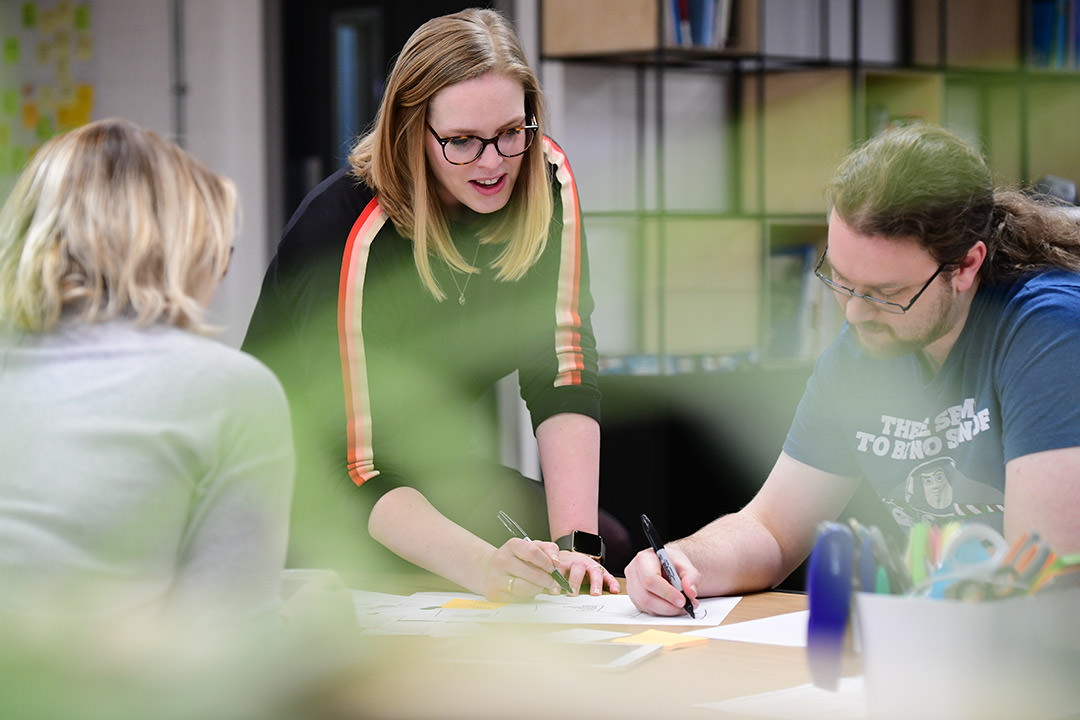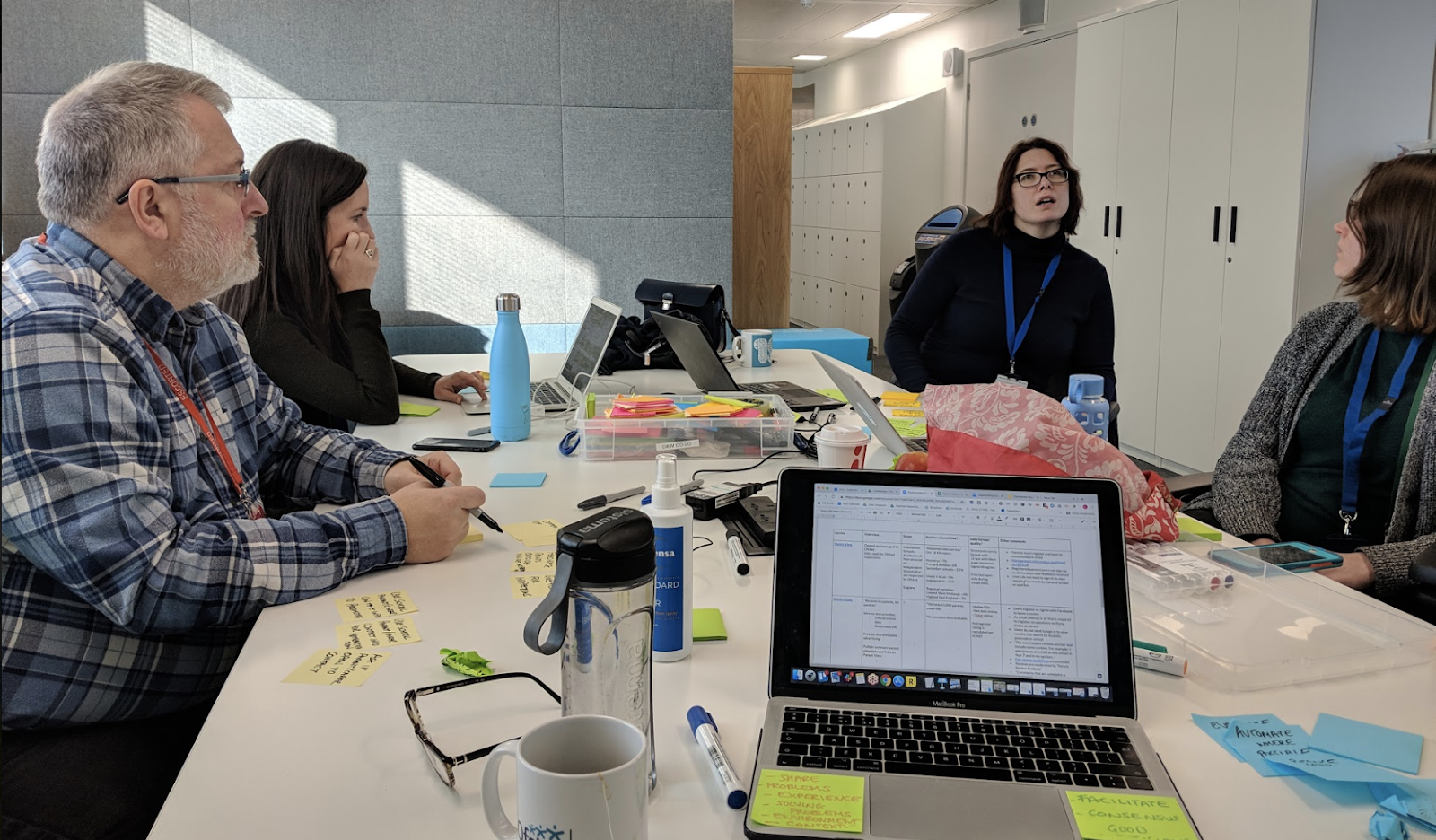Opportunity solution mapping to help Ofsted get better feedback from parents

How getting more and better feedback about schools might help raise standards and inform better parent choices
We recently partnered with Ofsted to complete a discovery on their Parent View service. The service allows parents to give feedback on schools and helps inform Ofsted inspections. But most people don’t realise that Parent View is available to use all year round.
The 10 year-old service is built on old technology and needs to be updated. We could rebuild it in a modern way but otherwise replicate it as it is now… or we could do research with parents and carers, inspectors, schools and Ofsted staff and build the right thing for them.
Discovering how to give schools better feedback
Our goal for the discovery was to explore how getting more and better feedback from parents about schools might help raise standards and inform better parent choices.
We spent 6 weeks researching and came up with these key findings
- parents are more likely to provide feedback when the school has prompted them to do so, because they’re motivated to improve the school experience for their child
- schools are already working hard to engage with parents and seek out their input. They reach out to parents in a variety of ways and often do their own surveys, using similar questions to those on Parent View
- Ofsted staff want to improve data quality, raise standards, and help inform parent school choice, but they often lack enough data to make meaningful decisions. Sometimes the inspectors get to see the results of schools’ surveys but not always, and they have limited time on the inspection day
How do we know what to build?
To get us closer to an answer and think about solutions, we ran an opportunity-solution mapping workshop. This is a tool that takes an organisation’s goals (desired outcomes), all our findings from research (opportunities) and maps out ideas (solutions) that could solve them.
It sounds quite simple, but it makes sure that every solution maps back to what we’ve learned through user research and contributes towards meeting one of our goals.
How do you make an opportunity-solution map?
Desired outcomes are important
It’s important not to gloss over the top bit, the desired outcomes. Spend some time on these, considering service goals and KPIs, as well as policy objectives and any legal obligations that relate to the service.
One of the desired outcomes of delivering a new parent feedback service, for example, is that “Parents and carers provide more feedback, both during and outside inspections”.
Use your desired outcomes as the foundation as you move through the mapping process. We worked with the service owner at Ofsted to make sure we captured them all.

User needs and pain points are opportunities
Next, add what you’ve learned from research about your users, their needs and pain points. These are framed as opportunities. This might sound like a strange way to describe research findings, but it works. If a finding is that the strongest link to parents is through schools, that’s an opportunity because we might be able to design a solution with this in mind.
Grouping opportunities under the relevant desired outcome helps keep you focussed as you think about solutions.
Prioritise solutions but don’t shy away from the hard stuff
At this stage, no solutions should be ruled out, or as the adage goes, no ideas are bad ideas. Mapping these under the relevant opportunities is also useful because at the end you’ll be able to identify themes.
Finally, you can take the solutions, which you know are not only mapped to research findings but also aligned to the project goals, and begin to prioritise them. Prioritisation is important as we can’t explore every solution idea. The focus should be on validating and testing our riskiest assumptions and ideas.
Don’t shy away from the hard questions. Alpha is a time to experiment, so if a solution could be tricky or pose a major question, this is one to test.
So, what did we come up with?
The first workshop was the start of an iterative process. We ran a follow-up session to review, refine and add to the opportunity-solution tree. The output formed the basis of our discovery recommendations and gave us some key areas to explore in alpha.
There are several concepts that we will be testing but the primary themes are:
- Prototyping and testing a better feedback service for parents and carers
- Working with schools on ways to collect more regular feedback
Within these two themes are a number of research and service design questions, as well as some technical exploration into feasibility. At the end of alpha, the goal will be to have a set of well-tested prototypes that are backed up by research, and recommendations for building a beta service.